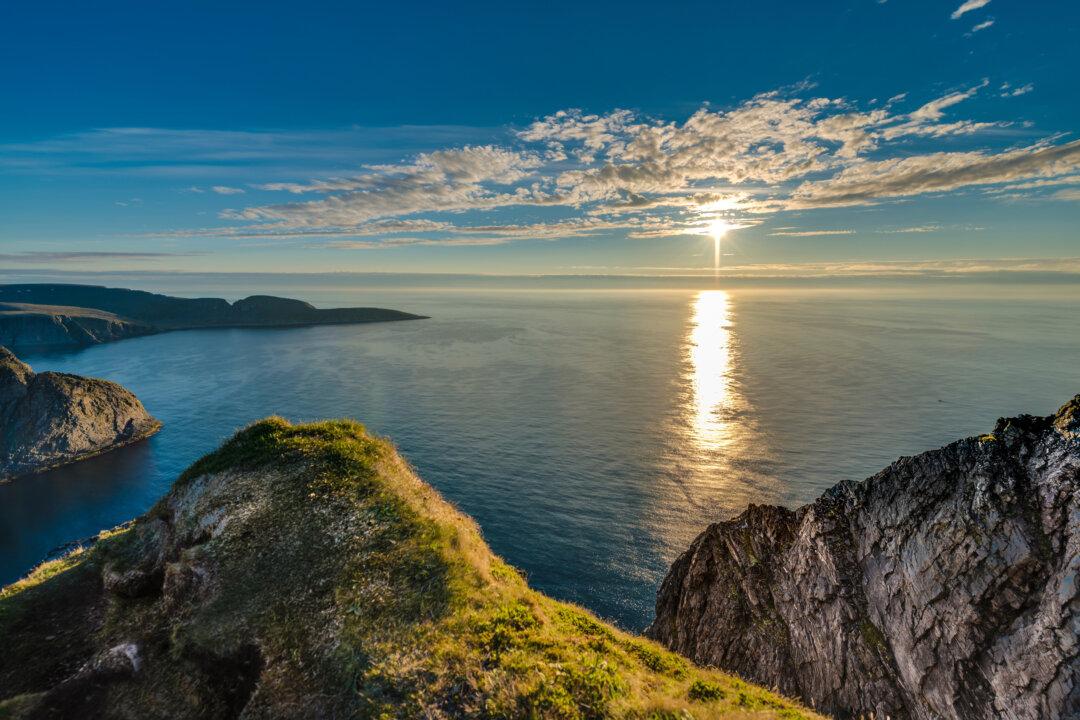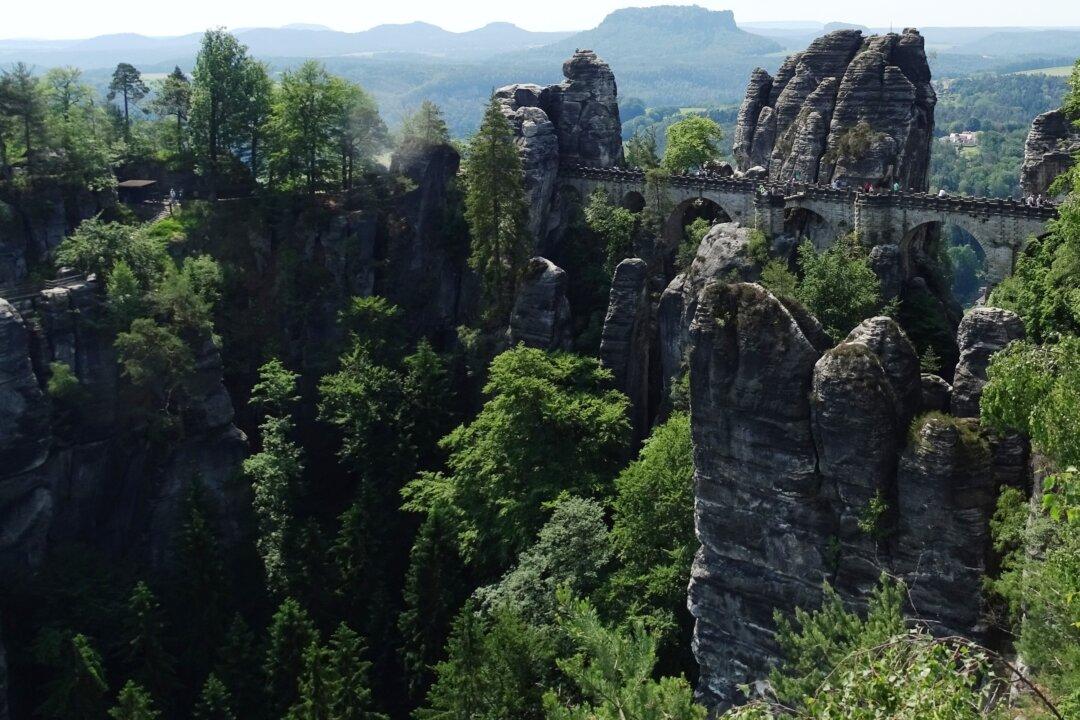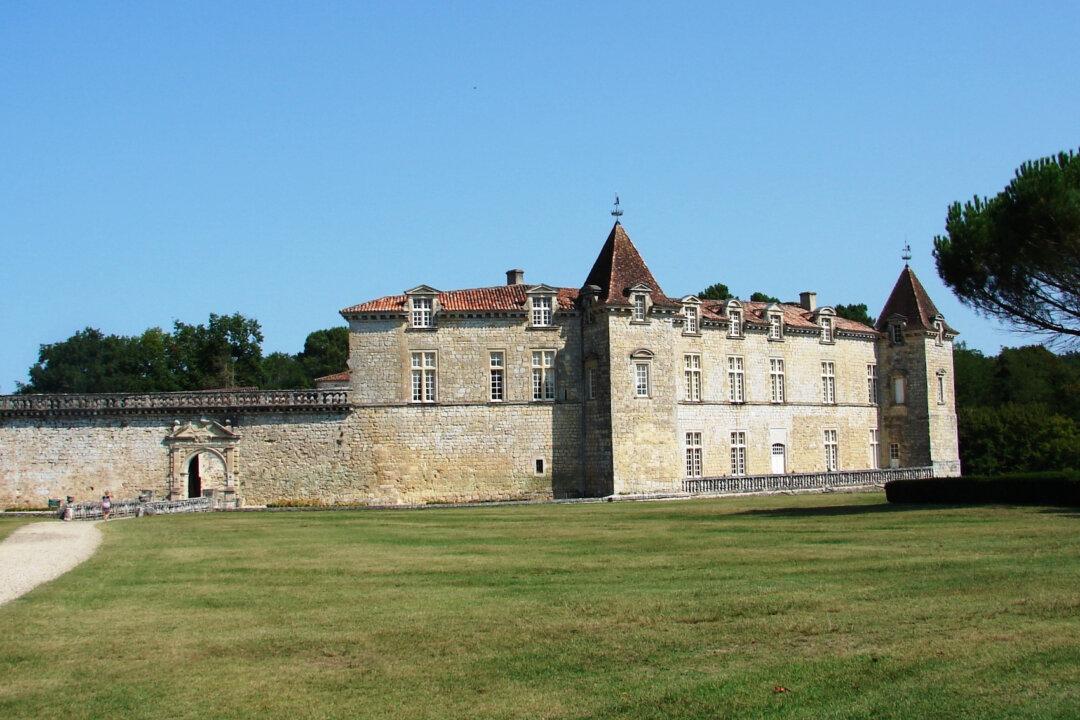Norway’s most northerly city, Honningsvag, is located on the small island of Mageroya. Actually, Honningsvag hardly qualifies to be called a “city” with a population of only about 2,500 inhabitants, but it was declared one in 1996 and has kept the designation.
I visited this remote, barren destination as part of my Viking Ocean Cruise, “Into the Midnight Sun.”





